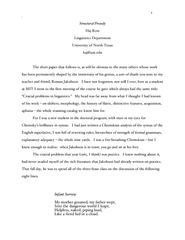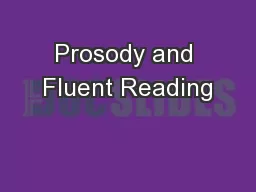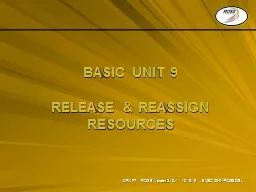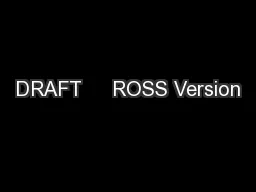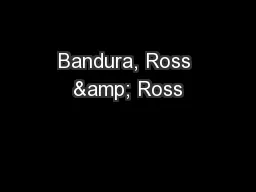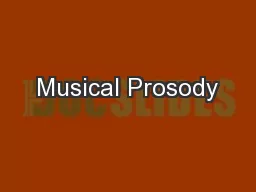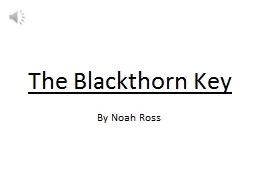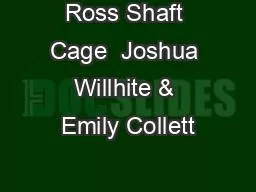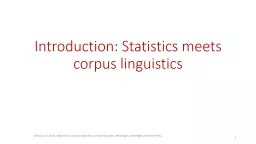PDF-1 . Structural Prosody Haj Ross Linguistics Department University of N
Author : conchita-marotz | Published Date : 2015-08-01
had never availed myself of the rich literature that Jakobson had already written on poetics That fall day he was to spend all of 2 Struggling in my fathers hands
Presentation Embed Code
Download Presentation
Download Presentation The PPT/PDF document "1 . Structural Prosody Haj Ross Linguist..." is the property of its rightful owner. Permission is granted to download and print the materials on this website for personal, non-commercial use only, and to display it on your personal computer provided you do not modify the materials and that you retain all copyright notices contained in the materials. By downloading content from our website, you accept the terms of this agreement.
1 . Structural Prosody Haj Ross Linguistics Department University of N: Transcript
Download Rules Of Document
"1 . Structural Prosody Haj Ross Linguistics Department University of N"The content belongs to its owner. You may download and print it for personal use, without modification, and keep all copyright notices. By downloading, you agree to these terms.
Related Documents

